8. Toolbox Murders
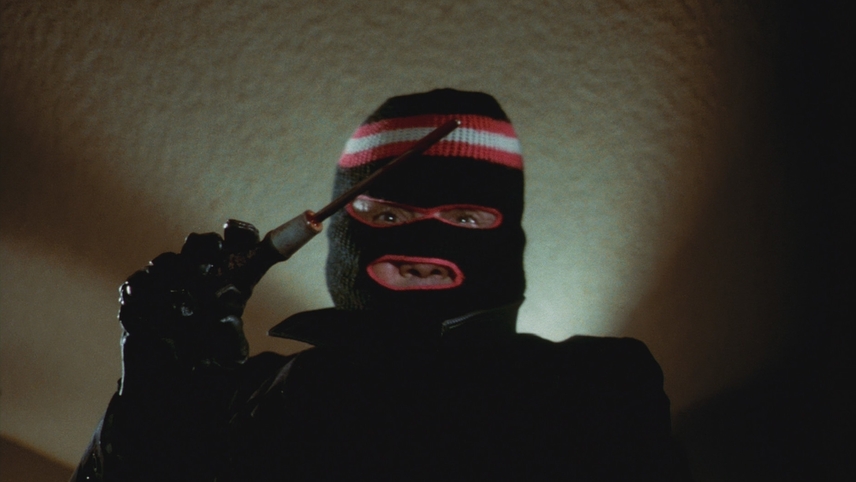
A couple move into their new apartment complex and begin to notice strange disturbances, like jewelry made from human teeth hidden in the wall and odd noises emitting from the intercom.
Then tenants start disappearing–who, unbeknownst to the couple, are being murdered by various carpentry tools. Upon investigating the building’s history, they find that it was built by an occultist that hid symbols throughout the building and built in a hidden townhouse in the structure. This leads to the reveal of a supernatural and murderous entity simply known as “Coffin Baby.”
This sort of synopsis sounds like a crazy horror 80’s B-movie, but it was made in 2004. A remake (of sorts) of the 1978 horror cult movie, Toolbox Murders is Hooper’s best late-period feature film that has plenty of violence and odd fun that evokes the kind of grindhouse movies that inspired it.
7. Eaten Alive
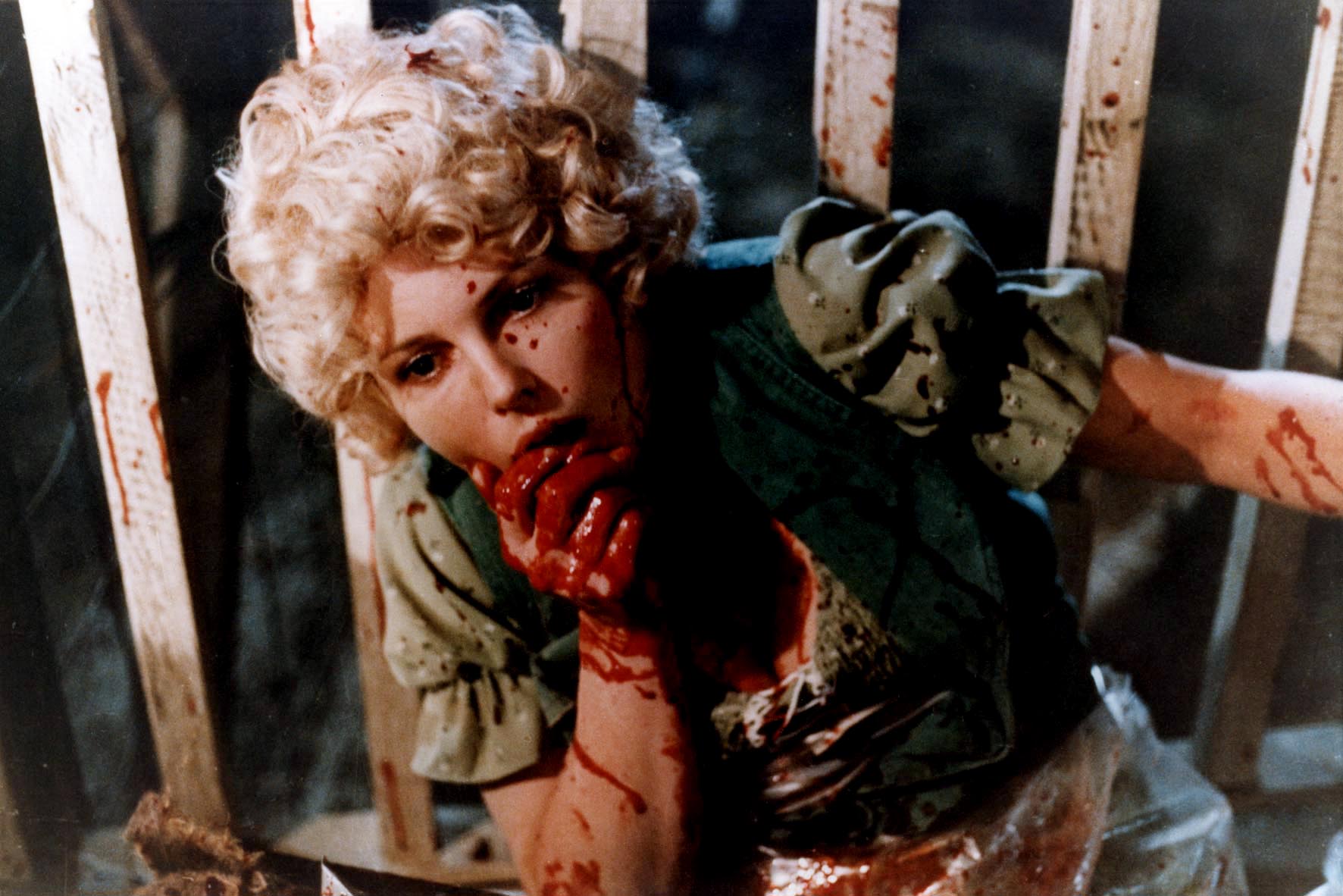
At the decrepit Starlight Hotel, deep in the swamplands of Texas, customers check in but never check out. It may be the handiwork of the mentally disturbed proprietor, or (more often than not) it’s his pet Nile crocodile eating them. After a family stops at the hotel and subsequently go missing, family members arrive to inquire about their whereabouts. This, too, is met with murder. In fact, the entire movie is pretty much just a daisy chain of murder.
Part of the “Dixie Horror” wave of the 1970s, Eaten Alive was Hooper’s follow-up to The Texas Chainsaw Massacre and shares many of its traits. The film debut of Robert Englund, Eaten Alive was poorly reviewed upon release but is well-regarded by fans of Hooper’s work. Part of the list of “Video Nasties,” it was banned in England alongside Hooper’s The Funhouse. Pure grindhouse horror, Eaten Alive is a must-see for horror aficionados.
6. The Funhouse
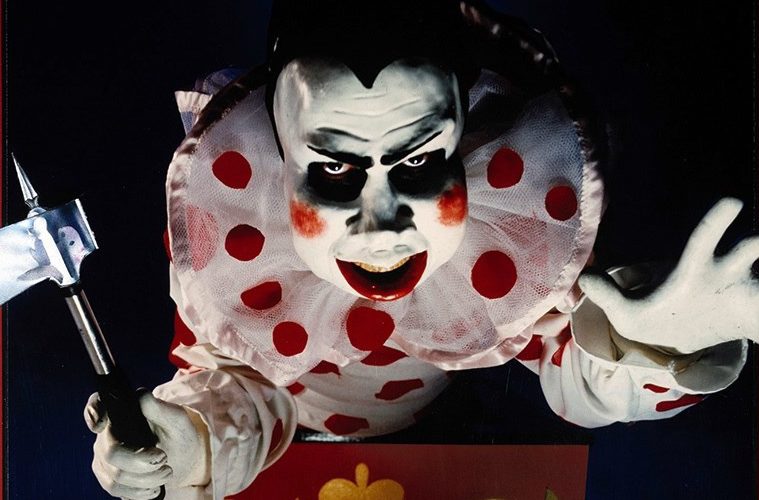
Four teens visit the traveling carnival that’s stopped in their town. After smoking some pot, they decide to stay in the funhouse for the night after the carnival has closed. While sneaking back in, however, they accidentally witness the funhouse barker’s son murdering the fortune teller and soon find themselves locked inside the funhouse, now being hunted by both the barker and his son.
This purely early-80s horror movie scenario is one of Hooper’s many movies of the era that made him such a memorable horror director. While it could just be another slasher movie, instead Hooper infuses some humor and commentary in his film of a piece of Americana gone bad. It’s a solid horror movie that fans of the genre–and era–will enjoy.
5. The Texas Chainsaw Massacre 2
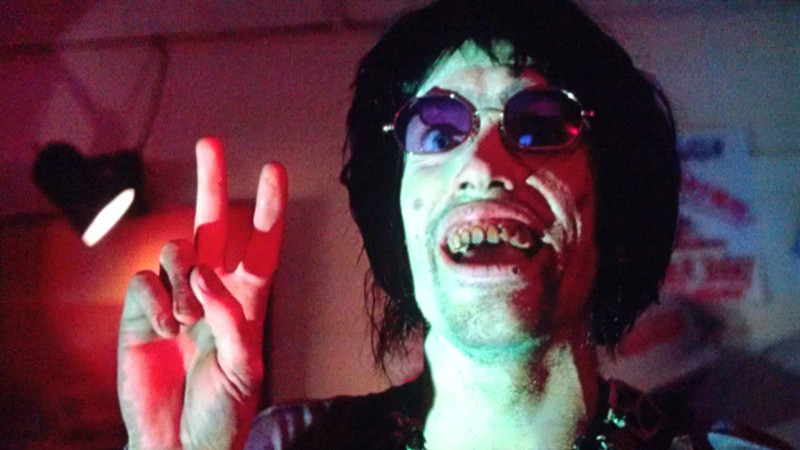
Horror’s favorite family is back in this, the first of what would become many sequels and remakes of The Texas Chainsaw Massacre franchise. Back in action and now expanding their operations into the barbeque business (whose meat source shouldn’t come as a surprise to anybody who’s seen the first film), a radio show host and a former Texas Marshall investigate into their deadly enterprise. Buckets of blood and plenty of mutilations follow as Lt. “Lefty” Enright (Dennis Hopper), uncle of Sally and Franklin from the first film, decides to take down the cannibal clan from the Lone Star state.
Unlike the first film, which was light on gore, this one decides to go all-in with the viscera and graphic eviscerations, to great effect. With Hooper’s signature sly satire in play, this time commenting on 80s excess, a game performance by Hopper, and the kind of brutal violence that would become the franchise’s signature, The Texas Chainsaw Massacre 2 was the start of a film series that’s still being made (and remade) today.
4. Invaders From Mars
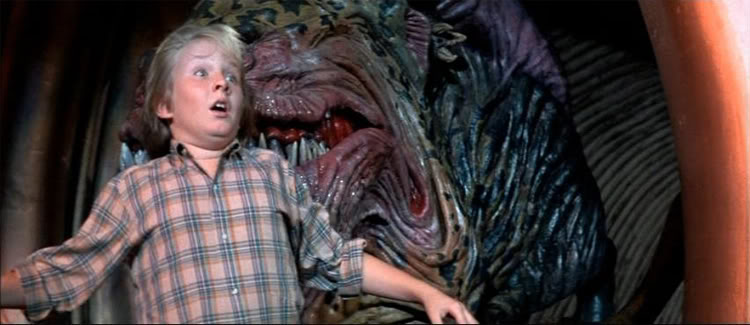
The night of a meteor shower, a young boy witnesses an alien spacecraft land in the quarry behind his house. Over the next few days, he realizes that his teaches, the townspeople, and even his parents are being slowly assimilated by whatever life form landed. With the help of the only person that believes him, the school nurse, he seeks the help of the U.S. Marines to stop the invasion before it’s too late.
This remake of the 1953 original, with a screenplay by Dan “Alien” O’Bannon, was not a success upon release in 1986 but has since found appreciation among science fiction fans. Its dark tone, solid special effects, and alternating scenes of comedy and horror have found an audience in moviegoers more used to jarring tonal shifts and darker and edgier fare in the 21st century.
3. Lifeforce
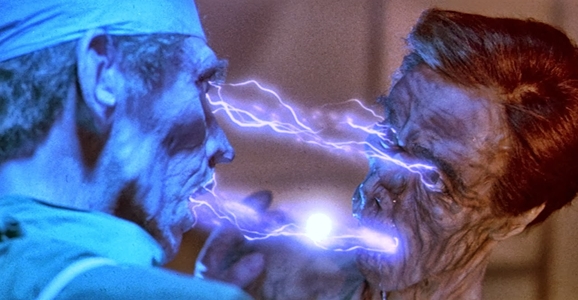
A Space Shuttle mission to the tail of Halley’s Comet finds a spacecraft with three humanoids inside–two men and one woman–in suspended animation. The shuttle crew retrieves the pods and loses contact with Earth. A rescue mission finds the crew dead but the humanoids in the pods still alive.
They are brought to Earth, where they promptly destroy the research center they’re being held and escape. An escape pod is discovered in Texas, where the sole survivor of the doomed Shuttle crew relays the truth of the beings they have brought to earth: shape-shifting space vampires! And then the movie gets weird.
Written by Dan O’Bannon and produced with a substantial budget, Lifeforce was Hooper’s follow-up to his biggest hit, 1982’s Poltergeist. Although it was a box-office bomb upon its release, losing out to the much more friendly extraterrestrial-themed film Cocoon, some critics at the time found the merits of Lifeforce: it’s a unique take on the vampire myth, a unique story in and of itself, and superbly blends science fiction with horror.
It’s also a highly entertaining film, with its big budget justified by dynamic special effects shots and an apocalyptic scene that’s not to be missed. Possibly Hooper’s biggest effort–and biggest failure–Lifeforce is also one of his best movies.
2. Poltergeist
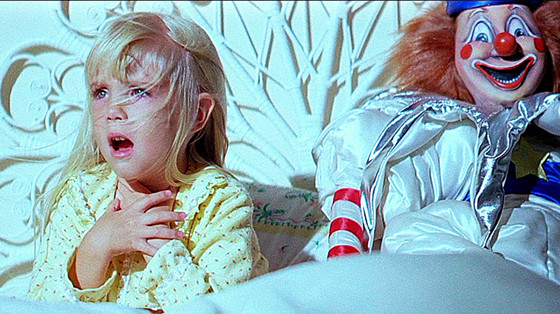
“They’re he-ere!” This iconic line is spoken by Carol Anne–the youngest member of the Freeling family–who begins talking to the static on the television set late at night after a hand reaches out to her from the static. Bizarre events begin to befall the family: silverware bends, furniture moves by itself, and a tree in the backyard comes alive to attack the family through the window. Then one night, Carol Anne is sucked into a portal in her closet and only her disembodied voice from the static-filled channel on the TV can be heard.
Bringing in a team of parapsychologists to investigate, who quickly discover their house is being inhabited by numerous ghosts, the Freelings also find out that their house is built on an ancient Indian burial ground. Calling in a spiritual medium to attempt to communicate with the poltergeists–who have taken Carol Anne and have her trapped in a place between two realms–to bring the girl home. What follows is a battle between the family and the spirits to save their daughter and bring her back from this realm.
An affecting, scary, and visually striking film, Poltergeist is now seen as a classic of the horror genre. One of the biggest hits of 1982, and certainly Hooper’s most mainstream film, the question of who the director really was on the film has marred Hooper’s legacy.
With some claiming that Spielberg “ghost-directed” the film while Hooper simply approved of his ideas, a case could certainly be made–considering that this film looks unlike any other Tobe Hooper film. However, Spielberg maintains that it was a close, unique collaboration and that Hooper was the director of the picture. At the very least, it’s a striking blend between Hooper’s unvarnished and terrifying gift for striking imagery and Spielberg’s mainstream instincts and glossy, high-end style.
1. The Texas Chainsaw Massacre
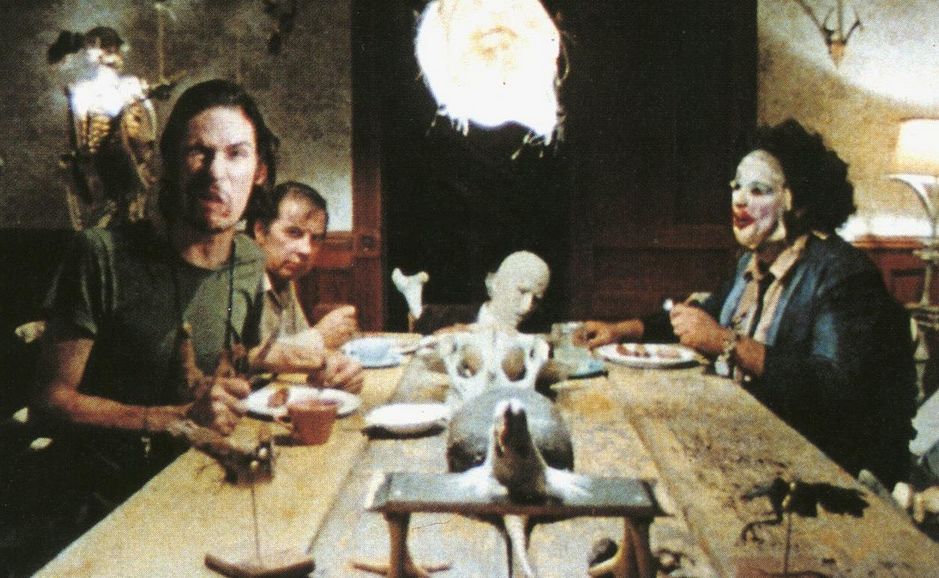
Tobe Hooper will definitely be remembered forever for one film: The Texas Chainsaw Massacre. Released in 1974, TTCM was a revolutionary film in the horror genre, one that eschewed away from traditional narrative and instead focused on the raw survival of a group of young people who are chased by an unknown, and largely unexplained, killer.
The story at this point is familiar enough: a group of young, hippie-type people are traveling across Texas when they pick up a strange hitchhiker, who takes their picture and then burns it, and cuts one of them before fleeing.
Stopping at a gas station, whose attendant tells them not to stick around the area after dark or start poking around too much, they come across a clan of violent murderers–centered around the terrifying Leatherface (who wears other people’s faces as his own, you see), who smashes in their skulls and chases them around with a chainsaw until they’re picked off one by one. In the end, after a traumatic experience, the final girl just barely escapes, blood-soaked and laughing mad from the experience.
The Texas Chainsaw Massacre is a touchstone in the horror genre since it was arguably the first horror movie to dispense of such burdensome details like plot, character motivation, and clear resolution in favor of highly stylized visuals and shocking depictions of violence and depravity.
However, through all the gore and chainsaws, there’s also a commentary on the ideological differences in America after the 1960’s, and how neither side ultimately “won” but just barely survived, much worse for the wear. Hooper had a gift in his films to mix horror with social commentary and satire, and The Texas Chainsaw Massacre was one of his most successful attempts to strike this tricky balance.
Perhaps his film career as a whole wouldn’t live up to the promise his first handful of films showed, but he was already a revolutionary filmmaker nearly right out of the gate. Maybe it’s hard to live up to such a great start and even more difficult to find something new to say in a genre that quickly picked up his unique approach and lapped him before he could figure out the next innovation.
Certainly his work in the sci-fi genre had shown he was capable of figuring out a new angle to take on old tropes, and his television work–while not covered in this article–was equally impressive in translating horror to the small screen. Even if his feature films declined considerably in quality as his career wore on, it’s in looking at his entire filmography that viewers can see that Tobe Hooper left an indelible–and often impressive–body of work over his lifetime.
Author Bio: Mike Gray is a writer and academic whose work has been featured on numerous websites and maintains a film and TV blog at mikegraymikegray.wordpress.com.